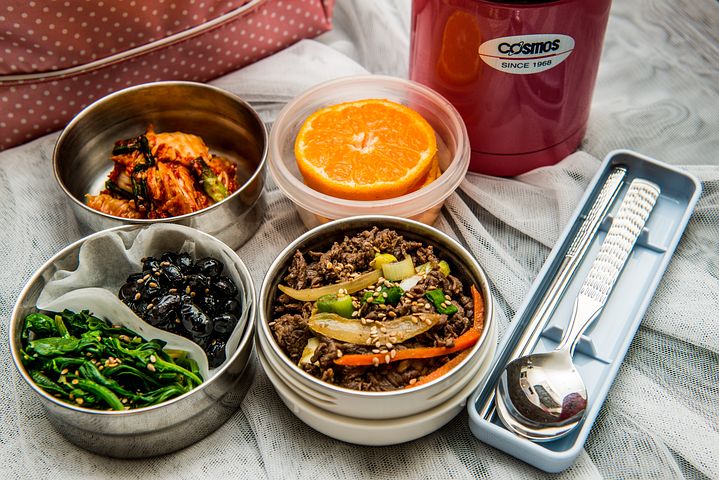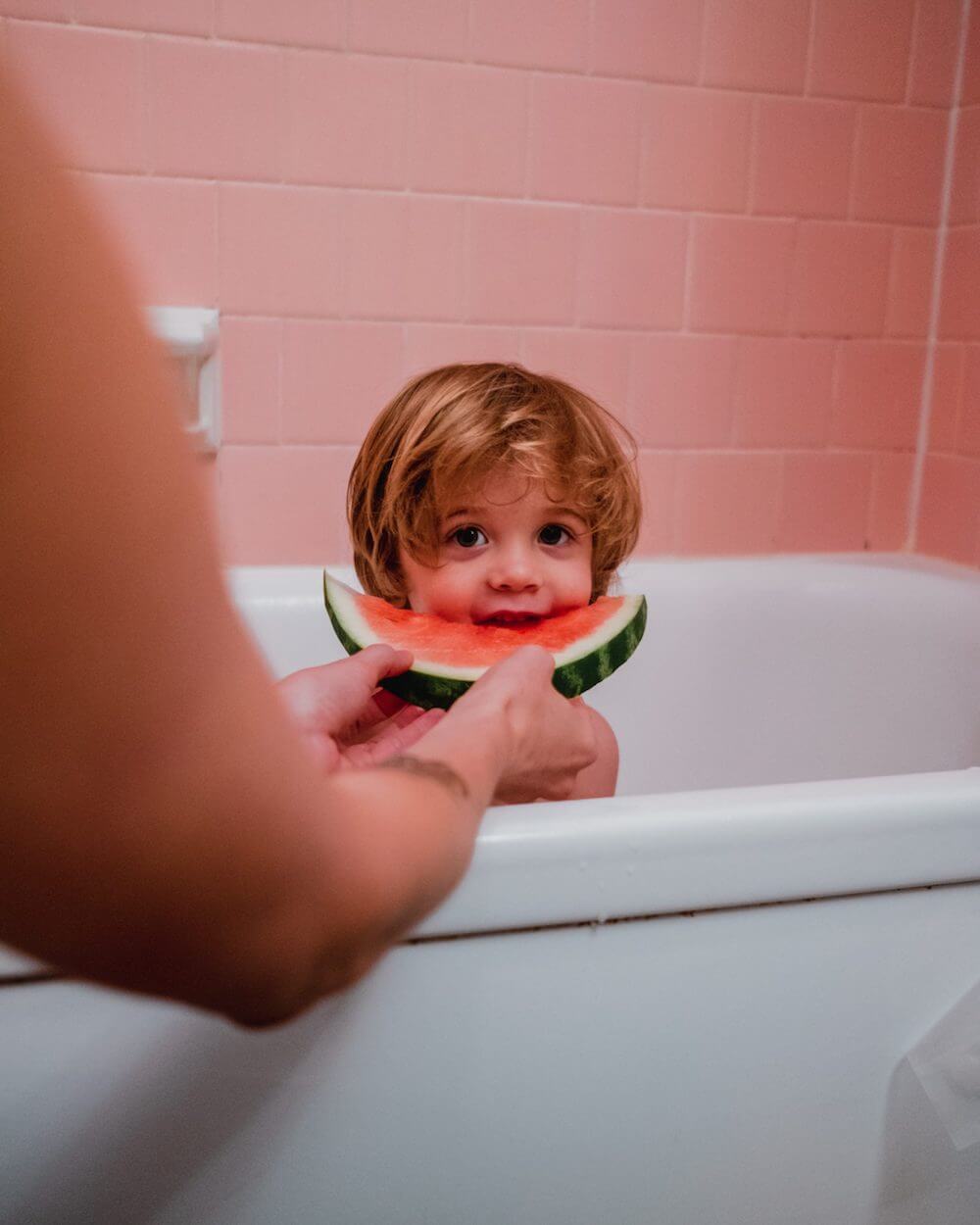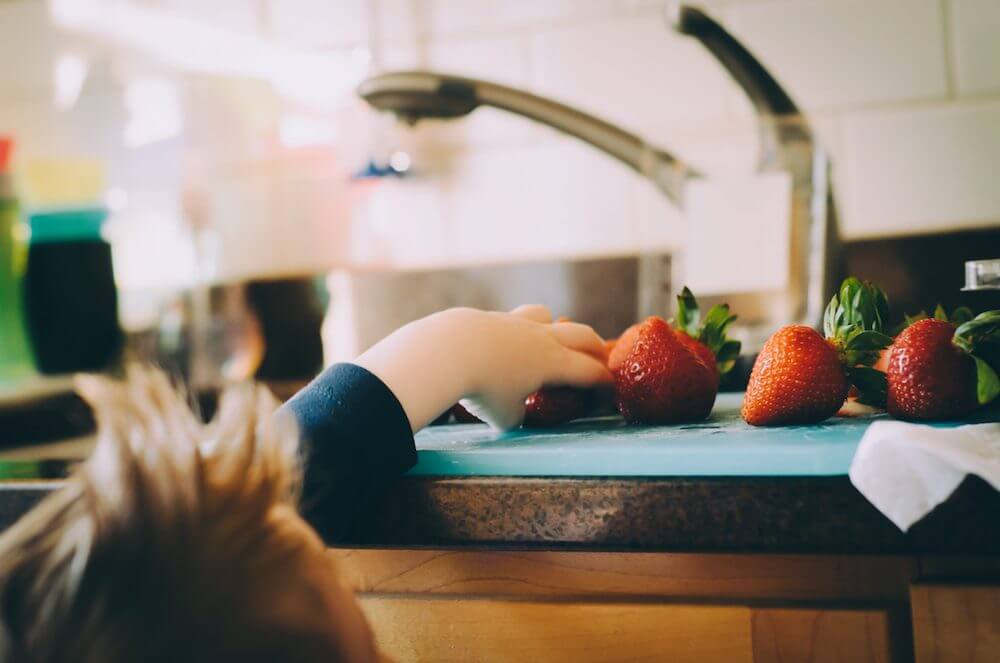Back to School: Easy lunchbox ideas for busy parents
By Allison Riehs | Naturopath
The holidays are over and the children are back at school.
This time of year can come as a welcome relief for tired parents after all the excitement of the Christmas break.
But the morning rush of those busy school days can be a challenge. Especially for large families and those managing food allergies or fussy eating habits.
From homework and readers to making lunches and packing school bags, it can be a challenge just to get out the door.
Most parents want to provide their children with healthy and nourishing foods – but I don’t know anyone who wants to spend longer on lunches than they have to.
So I have put together this quick list of easy lunchbox ideas for you to turn to in the school morning mayhem.
Know the rules
Whether you’re preparing lunches for daycare, kindergarten or school, most centres have rules around what is, and isn’t allowed in childrens’ lunch boxes. Familiarise yourself with these conditions, and be sure to speak up if you have a child with allergies whose dietary requirements need to be taken into account.
Think outside the sandwich
Australians have a fondness for the humble ‘sanga’, and this probably stems from childhood when most of us knew nothing other than sandwiches for lunch. Yes, they’re quick and easy to make, but two pieces of white bread lined with jam, hundreds and thousands or chocolate spread, isn’t a nutritionist’s dream. Instead, save yourself time and think about some simple, nutritious alternatives, like:
- Double up your dinner recipes and pre-pack a child-sized serving for lunch
- Repurpose leftovers into a quiche or frittata (if egg is allowed) or a savoury muffin
- Prepare colourful salads with dressings your child (or their carer) can add in
- Create a mini platter of finger foods to bring colour and variety to the lunchbox
- Include protein and healthy fats to help keep little tummies feeling full and busy minds focused. Think – their favourite meats, plant-based proteins like tofu and tempeh, chia seed pods, avocado, hemp seeds, quinoa and lentils.
More party than pie
Some of us would have early childhood memories of lining up for our pies and sausage rolls from the school pie warmer. But unfortunately, most processed pastries are high in saturated fats and low quality ingredients. Instead, make lunch time a celebration with fun fresh food options. You might even like to make your own pie or sausage rolls and involve your child in the creation process (with age-appropriate input)
Eat the rainbow
Kids love colour! Stay away from artificial colours, additives and ingredients, and instead focus on combining as many fruits and vegetables as possible in their lunch and snacks. Imagine opening the lid of the lunch box after a busy morning yourself. What would you like to see?
Convenience can be okay
Eating healthy doesn’t mean you have to make everything yourself. Although DIY is the best way to know exactly what you’re eating, there is a growing number of healthy ready-to-go snack options available. Look for options in the ‘health food aisle’ of the supermarket with no preservatives or artificial ingredients. There are some great bliss ball, snack bar and chocolate options available now, free from sugar and all the common allergens like gluten, dairy, nuts and egg. You might also have some local makers creating delicious healthy and allergy-friendly school snacks and lunches. Facebook is often a great place to find them!
Professional meal prep
If you’re really stuck for ideas or confused about safe food options for your child, you might like to consider professional nutritional support including meal planning. Services can be tailored to help you better understand your child’s dietary requirements, how to cook for allergies, how to read labels, or simply learn time-saving tips for easy school lunches.
Save with seasonal
A large part of keeping children’s lunches both easy and affordable is choosing foods that are in season. Sourcing fresh local ingredients is ideal, but you can also save money at the supermarket by buying foods that are Australian-grown and naturally in their peak growing season.
Make it fun!
Studies suggest children are more likely to enjoy food if they had a role in making it. Whether it’s helping with set up, preparing the ingredients, or just licking the spoon, set aside some time on weekends or the night before to prepare lunches with the help of your little one.
Like some help with lunch? Book an appointment with Allison today.




